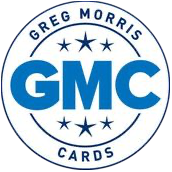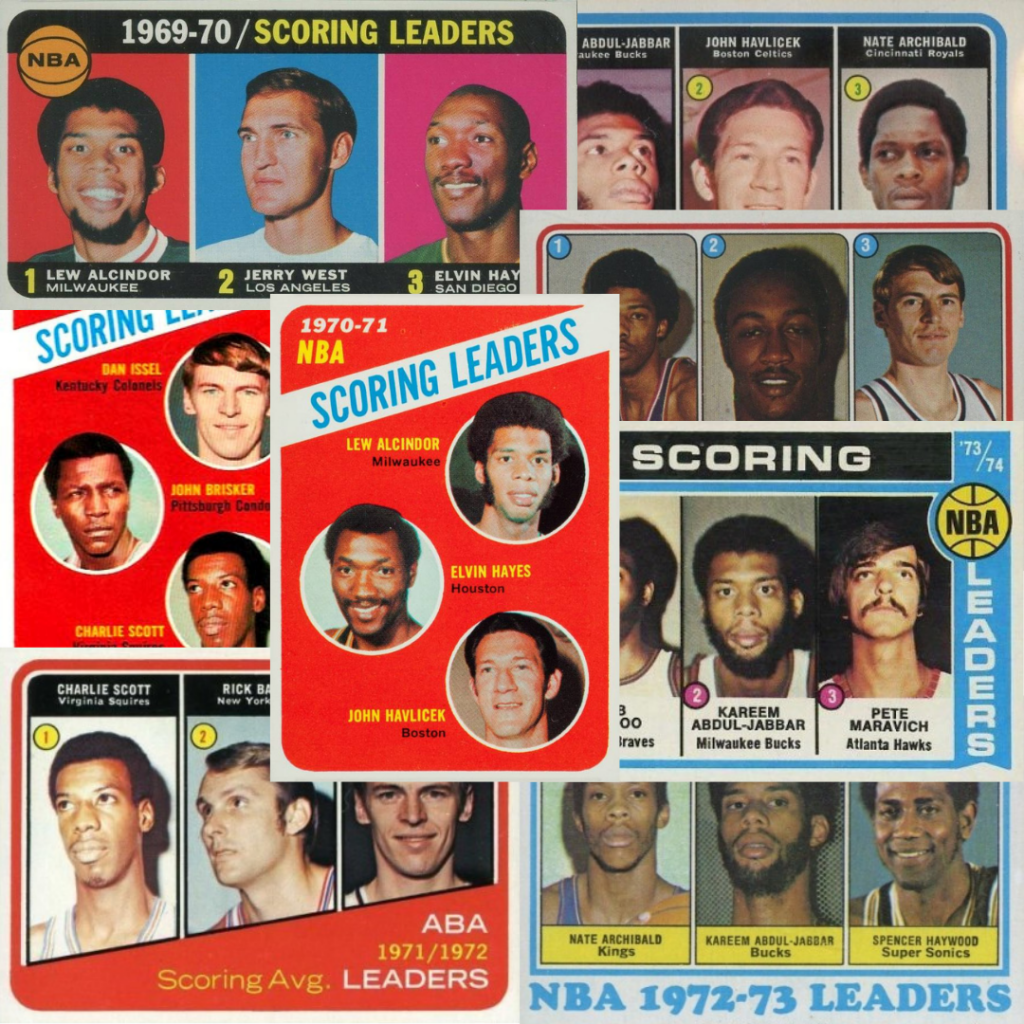The Topps basketball card era from 1969 through 1981 was a strange one.
It featured some of the most iconic vintage basketball cards money can buy (the 1969 Kareem Abdul-Jabbar rookie and the 1980 Larry Bird/Julius Erving/Magic Johnson, for example) and some of the most visually attractive sets of all time (the 1971 and 1972 Topps sets are an incredibly collectible set, just based on color and art alone).
But at the same time, basketball cards were not nearly as popular with the contemporary consumer as baseball, football, and even hockey cards. The NBA was suffering through some growing pains and fighting a general lack of interest from fans. For many reasons outside the realm of the sport itself, the basketball court was not as inviting as the baseball diamond, the football gridiron, and the hockey rink.
Incidentally, Topps decreased the number of cards in each basketball set starting in 1976. This was partly due to the merger of the two leagues, the NBA and the ABA (previous sets included players from both leagues), but equally as likely was Topps’ expectations of the market. Despite the arrival of Larry Bird and Magic Johnson at the end of the decade, Topps clearly did not see much profit in basketball cards.

Note that the exact opposite trend took place in Topps’ baseball card division, which had seen dramatic increases in their set size from 1952 to the 1980s. The 1981 Topps Baseball set, for example, had 878 cards compared to just 201 for 1981 Topps Basketball.
There was money in baseball cards and Topps wanted to squeeze every ounce of juice from that fruit. But basketball seemed to have dried up.
Consequently, Topps ended their monopoly run of basketball cards in 1982 and would not return until after Fleer’s renaissance in the late 1980’s.
But for thirteen years–between 1969 and 1981–Topps was the only basketball card available for those interested. Topps owned the market, just like they owned all the other sports card markets.
Drawing on their experience from other sports, Topps began including “league leader” inserts in 1970. Rebound leaders, scoring leaders, assist leaders, and so on, for both the NBA and the ABA. Then in 1976, the ABA and NBA merged, Topps’ Basketball sets slimmed down, and league leader inserts disappeared, with the exception of 1980 where they made a brief return on Topps’ gimmicky perforated three-card design. In 1975 and 1981, Topps included team leader cards.

League leader cards have a particularly unique function in the hobby for collectors. For one, they give special insight into which players were most important in the league landscape at the time. They offer context of a sports league in a way that individual player cards do not.
But perhaps more importantly, since league leader cards are not usually as coveted as player cards, they also give collectors a chance to own cards of Hall of Fame players (or just really popular players) for a fraction of the cost.
Here’s a ranking of every scoring leader card between 1970 and 1975 from Topps Basketball, sorted by average value of a PSA 8 over the last 12 months:

It should be no surprise that five of the top six most expensive scoring leader inserts feature Kareem Abdul-Jabbar. Abdul-Jabbar was the most dominant player of the 1970’s and might be the best NBA player of all time. His presence on any card automatically grants it higher value.
The 1970 Topps #1 NBA Scoring Leaders is the most valuable of the group, with PSA 8s averaging $561 over the last 12 months. The record sale for this card in any grade was a PSA 10 that sold for $25,000 in June 2021. No other league leader card from the 1970s Topps has come close to this sale.

But perhaps the 1971 Topps has a better value for its NBA Scoring Leader insert. It still features Abdul-Jabbar and Elvin Hayes, but has averaged one-fifth the sale price of the 1970 version. Only $100 for three Hall of Famers on one near-mint condition card? Plus, the visual appeal of this insert is excellent, being the only one in this era with a vertical design:

The record sale of this 1971 insert is $2,999.95, a sale that took place on eBay in May 2018. You can find raw versions of these on eBay in near-mint condition for very reasonable prices. Greg Morris Cards sold one for $28.33 in August of this year and as of this publication, GMC has an EX-EXMT version up for auction with six days remaining.
Speaking of visual appeal, it may be hard to find a sharper photo of Bob McAdoo than the one from the 1975 Topps insert. The chops alone make this card one of the best images of 1970’s basketball.

The ABA scoring leader inserts are considerably less valuable, likely because the ABA wasn’t as popular a league at the time and didn’t have the star players the NBA had. Julius Erving’s first appearance on a league leader card in 1973 Topps gave a nice boost in value to the ABA scoring leader inserts for a couple years. No disrespect to Dan Issel or George McGinnis (both Hall of Famers!) but “Dr. J’s” presence is likely what drives the appeal on these cards.
Greg Morris Cards sold a 1973 Topps ABA Scoring Leader insert featuring Julius Erving in near mint condition for $22.55 in October 2021.
Overall, it’s relatively easy to find these scoring leader inserts in high graded condition, especially in the PSA 6 through PSA 9 range. The 1971 NBA Scoring Leader insert has been graded 189 times at PSA with 156 receiving at least a PSA 6 or higher. The 1973 ABA Scoring Leader insert has been graded 221 times at PSA with 209 receiving at least a PSA 6 or higher.
One can build a complete set of these inserts in PSA 8 holders for around $1,000 and in PSA 7 holders for around $500. In doing so, you’d be adding six Kareem Abdul-Jabbar cards and three Julius Erving cards from the 1970s to your collection, which seems like a steal.
Sources: vintagecardprices.com, ebay.com, basketball-reference.com




